This story, the second of two parts, was produced in partnership with the Pulitzer Center on Crisis Reporting.
T5 R7 — As Duane Hanson guides his canoe over the glassy surface of Whipple Pond, the brook trout glide silently along beneath the surface; around them a rugged wilderness extends for miles, sustaining both fish and human.
In 1980, when the lean, weathered logger bought land in Maine’s North Woods with a blink-and-you’ll-miss-it cabin, a billion-dollar Canadian hydropower transmission project was the last thing on his mind.
But now, with Maine state regulators making decisions about the proposed New England Clean Energy Connect project, known as NECEC, Hanson says it could spell the end of a woodsy lifestyle that embodies an American ideal — and be deadly for the trout he relies on for food.
“It’s in the Western mountains. It’s a fairly remote area; that’s why I moved there years ago,” Hanson said. “It’s a wild spot. I moved there because of what it is … woods, lots of ponds, rivers, mountains. It’s a place to basically live off the land.”
Hanson’s shaggy, straw-colored hair attests to his values; he’s traded barbershops for brooks, finery for the forest, and Netflix for a night sky free of the light pollution of more civilized environs.
Most days for Hanson and his wife, Sally Kwan, are dictated by the annual rhythms of the forest they inhabit — there is a time and a place to plant vegetables, pull water from the well, hunt meat, fish for brook trout, can tomatoes, chop firewood, harvest cabbages, and pull in blocks of ice from Whipple Pond to cool food stores through the upcoming summer.
They maintain an amiable relationship with technology — a solar panel powers a light, a computer and a satellite phone. They post pictures of camping trips on Instagram, curate homesteading videos on YouTube and maintain a joint Gmail account.
While Hanson and Kwan tell their social media followers that the answer to the world’s energy woes starts with a sustainable lifestyle, off-grid living is certainly not much discussed by the New England legislators grappling with ambitious renewable energy goals.

Duane Hanson and his partner Sally Kwan stand with others opposed to the New England Clean Energy Connect corridor project at the Maine State House in Augusta on June 4, 2019. Morning Sentinel photo by Michael G. Seamans
Instead, they are focused on large-scale Canadian hydro-electricity: Huge dams across the northern border are poised to provide the region with a massive amount of energy that is renewable, reliable and inexpensive.
Because of that focus, Central Maine Power is seeking approval to build a major new component in a grid-based infrastructure — a $950 million power line to carry up to 1,200 megawatts of hydropower from Canada to Massachusetts, by way of a route that includes 50 miles of North Woods. Last week, members of the Maine Land Use Planning Commission voted 5-2 in favor of certifying that the project is an acceptable use in the areas it would be built and complies with Maine’s land use rules.
But a closer look at national energy trends show that unplugged back-to-landers like Hanson and Kwan may be onto something: utilities, not homesteaders, might be the ones bucking the trend.
And Hanson and Kwan have become among the most prominent faces of the resistance against NECEC, raising alarms about the project’s destruction of habitat and resulting impact on local brook trout. The concern for brook trout is just one of a host of objections that have been raised by opponents of the power project. The prospect of a permanent, 50-mile gash running through the canopy has led biologists to testify that it could prevent deer and other animals from their traditional migration patterns, and give invasive trees a toehold in the one region of the state that, despite logging, is still wild.
Meanwhile, indigenous peoples in the Labrador and Manitoba regions of Canada — where people fear an increase in toxin levels could poison their waters and animals — have linked up with Maine homesteaders such as Hanson and Kwan in the hopes of organizing opposition across the wide breadth of the power expansion efforts of the Northeast.
Though there is little historical data of how many Americans live off grid, numbers from over the last 13 or so years show a surprising trend. In 2006, Home Power Magazine estimated that 180,000 homeowners had opted for off-grid living; a 2010 estimate put the number at 750,000 homes, and growing.

And more recently, energy market reports by the analyst group Accenture suggest that 12% of Americans will be living off-grid by 2035, which will cost utility companies like Avangrid — an energy company that owns six New England utilities, including Central Maine Power — $48 billion per year.
A 2014 study by the Rocky Mountain Institute, an energy sector nonprofit think tank, said the trend is fueled by declining costs for residential systems of solar panels and batteries.
“Millions of customers, commercial earlier than residential, representing billions of dollars in utility revenues will find themselves in a position to cost effectively defect from the grid if they so choose,” according to the report. “The so-called utility death spiral is proving not just a hypothetical threat, but a real, near, and present one.”
NORTH WOODS BATTLEGROUND
In the 1970s, Hanson graduated out of vocational school and into the forest; working chainsaws and table skidders in logging camps allowed him to earn a paycheck, while indulging his lifelong love of the outdoors.
His search for a homestead site began and ended in the 12-million-acre North Woods, where a century of sustainable logging practices has done little to diminish the appeal of life in the largest wild tract of land east of the Rocky Mountains.

Duane Hanson prepares to launch one of his many canoes on to Whipple Pond at his homestead in the Unorganized Territories in the north woods of Maine near T5 R7 on May 26, 2019. Morning Sentinel photo by Michael G. Seamans
“The North Woods is, in many ways, a globally significant forest resource,” said Dylan Voorhees, the climate and clean energy director for the Natural Resources Council of Maine, a nonprofit that has emerged as one of the staunchest critics of the NECEC proposal.
In nighttime satellite images, among endless constellations of city lights, northern Maine is a conspicuous black hole — big enough to hold Rhode Island and Connecticut, with more than enough space left over for Massachusetts.
The absence of development is what drew Hanson, and it is also a primary selling point for a whole host of recreational visitors who want to see a land without towering reminders of anthropogenic footprints. Snowmobilers, Appalachian Trail hikers, hunters, anglers, swimmers and boaters turn up in numbers great enough to sustain the region’s tourism-based economy, but not so great that they destroy the place they’ve come to see.
Kwan grew up on the smog-choked streets of New York City; she began exploring her love of the outdoors through survivalist classes in Mexico, Maine.

Duane Hanson, center, laughs with his partner Sally Kwan as they walk along the East River near Sally’s childhood neighborhood in Chinatown, Manhattan, on May 19, 2019. Morning Sentinel photo by Michael G. Seamans
During a guided winter camping trip, she met Hanson. Things progressed, and she was happy to trade the city’s luxuries for the joys of Hanson’s forested homestead, which is located southwest of Jackman, in Somerset County.
“It is a place for people to escape,” she said.
Though they sell handcrafted baskets and knives, most of their time is spent on pursuits that directly support them, such as stocking the root cellar with wild game to buffer them against the long Maine winter.
Living on the land has a powerful hold on the imagination, says Voorhees.
“This region is full of people who may not have made such a dramatic lifestyle choice, but they are there for that reason,” he said. “They want to be in a place where they feel connected to nature and not intruded upon by the types of things, as somebody who lives in Augusta, I deal with every day. … They’re all there for that special quality of being away from that loss of development.”
One spring morning several years ago, Hanson was walking down the driveway when he came across an unusual sight on the access road: People.

Duane Hanson hops in to his truck on Spencer Road in the Unorganized Territories in the north woods of Maine near T5 R7 on May 27, 2019. The proposed power line corridor will pass across the road at this location. Morning Sentinel photo by Michael G. Seamans
Two young men roared up on noisy four-wheelers and told Hanson they were surveyors. They showed him a map and asked whether he knew a way for them to access the far side of the flowage that feeds Whipple Pond.
Hanson saw the big zig-zag line on the map, cutting across the landscape like a lightning bolt. What’s that? he asked.
“They said it was supposed to be a secret. But they told me. It was for a power line transmission.”
The threat of the power line — corroborated first by another crew of people delineating property boundaries, and then publicly — has loomed large for Hanson ever since. “It makes me sick to even think about it,” he said.
As public battle lines formed between supporters and opponents of the power line project, Hanson and Kwan were drawn out of the woods, and into new public roles based on their resistance to the NECEC. And as the unlikely lobbyists racked up appearances in the media and the statehouse, they found they were not alone.
In November, during a panel at the University of Maine-Farmington attended by about 75 people, Hanson met and shared a hug with Roberta Benefiel-Frampton, a protester from Labrador, Canada, who, along with other members of her group, Grand River Keepers of Labrador, was activated by the flooding of Muskrat Falls on the Churchill River. The Maine and Labrador factions have found mutual concern with the expansion of hydropower facilities and power corridors impacting their lands, animals and natural resources.

Duane Hanson, left center, meets with Roberta Benefiel-Frampton, right, director of the Grand River Keepers in Happy Valley-Goose Bay, Labrador, after a panel discussion on the negative impacts of HydroQuebec and Nalcor in Labrador at Preble Hall at the University of Maine in Farmington on Nov. 25, 2019. Morning Sentinel photo by Michael G. Seamans
All along the infrastructure of the massive electricity grid that spans Canada and the Northeast, other resistors have sprung up, each one fighting against their own local impacts.
“This problem includes Labrador and Maine, but it’s a whole lot bigger,” said Benefiel-Frampton.
Dams across the world, she said, are bringing herself, Hanson, and a host of their counterparts into a global effort let by groups like International Rivers, to rethink the environmental impacts of large scale hydropower — what she calls “megadams.”
“They’re not zero-emission, they’re not green, and they’re not good,” she said, a sentiment she has shared during several tours of New York and New England to raise awareness of the connections between renewable energy purchases and the negative environmental impacts she’s seen in Canada.

Duane Hanson enjoys a quick snack as harvests apples from his orchard at his homestead in T5 R7 in the Unorganized Territories on Sept. 17, 2019. Morning Sentinel photo by Michael G. Seamans
But no matter how many hours Hanson spends discussing it, the thought of a power line running just 1,500 feet away from his remote homestead still touches a raw emotional nerve. When he talks about it, his high-pitched voice gets higher and his watery eyes grow more watery. He speaks in stark terms, of black and white.
“If this corridor is permitted to proceed, it would show that the Bad has power over the Good and right,” Hanson told the Maine Department of Environmental Protection in an email in January.
That may sound simplistic, but an army of regulatory staff are essentially wrestling with the same concepts, as they review tens of thousands of pages of data, testimony and reports to determine whether the impact on the Maine economy, the local environment, and the global environment will be good. Or bad.
WRESTLING OVER TROUT
The 185-acre Whipple Pond is only 4 feet deep; people can pick their way around its 5-mile perimeter over the course of a comfortable, rambling afternoon. Hanson and Kwan prefer to paddle over it in a canoe — it hosts no known invasive aquatic plants — and they float past creek chub, common shiners, white suckers and brook trout.

Duane Hanson de-bones a smoked fish for lunch at his homestead in T5 R7 in the Unorganized Territories on Sept. 17, 2019. Morning Sentinel photo by Michael G. Seamans
Hanson uses the suckers and chubs to bait tubular traps, later hauling them up with about two dozen 5- to 6-inch crayfish crawling around the inside. Other times, they take a more direct route to dinner, simply dropping a hook into the water while heating a frying pan.
Though the brook trout are not particularly abundant in Whipple Pond, sticking mostly to the inlet, they’re critical to the region.
More than a century ago, in 1916, the U.S. Department of Fisheries released 12,000 brook trout into Whipple Pond, part of a much larger stocking effort to promote their numbers. Today, the Maine Department of Inland Fisheries and Wildlife spends about $3 million to stock roughly 1.2 million fish, mostly brook trout, into state waterways.
But — importantly — it hasn’t spent money to stock Whipple Pond in decades, in part because the pond now supports its own wild population.
Maine contains 97% of the wild and native brook trout in the Eastern United States, largely because the North Woods is one of the only places where they can thrive.
Though the impact on trout has been just one small piece of the discussion around the NECEC, that piece has sparked outsized passion.
Brook trout are so exquisitely sensitive to development that even rural landscapes in Oxford, Kennebec, Penobscot, Waldo, Knox, Lincoln and Cumberland counties have completely lost local populations, according to Jeff Reardon, the Maine brook trout project director for Trout Unlimited.
Beginning in February, the North Woods’ newly-hatched trout begin to feed on a variety of invertebrates. They need cold, clear water with varied water flows, gravel beds and plenty of nooks and crannies in which to hide from predators.
These conditions are abundant in small brooks and streams that run through a canopied forest. When the trout get bigger, they go downstream into larger, warmer waters, and retreat back up into the brooks to avoid heat, or to spawn and lay the next generation of trout eggs.

Duane Hanson and Sally Kwan are reflected in the water of Whipple Pond during a sunset paddle in the Unorganized Territories in the north woods of Maine near T5 R7 on May 27, 2019. Morning Sentinel photo by Michael G. Seamans
Of particular concern, Reardon said, are brook trout spawning grounds that are crossed by the transmission corridor multiple times, and he finds none more concerning than Cold Stream, the only spawning grounds for the brook trout that inhabit the Kennebec River.
“Cold Stream, from its source to its mouth at the Kennebec River, is a brook trout factory, and there is not a single known occurrence of non-native fish in the watershed,” he said.
A coalition of state agencies and nonprofits including Trout Unlimited raised $8 million to acquire 8,200 acres of land to protect Cold Stream’s headwaters and Cold Stream itself — except for a narrow corridor along Capital Road.
That corridor, he said, is where Central Maine Power now proposes to run the transmission line. Reardon testified that in Johnson Mountain Township, the right-of-way parallels 1,400 feet of brooks that feed into Cold Stream, before crossing Cold Stream itself. In all, he said, the corridor has 19 or 20 problematic crossings in that area. Nine of those crossings, in West Forks Plantation, are bunched within a 1,200-foot-stretch of tributaries to Tomhegan Stream, which joins with Cold Stream shortly before it empties into the Kennebec River.
During the permitting process, Reardon and an engineering company hired by CMP both agreed that the transmission corridor will cross more than 100 streams.
But they offered state regulators wildly different testimony about how those crossings might impact brook trout.
CMP plans to include a “riparian buffer,” which will preserve some vegetation around the stream crossings. Taller species, like trees, that might encroach on the power line will be removed.
But Reardon says the height of vegetation in those buffers will amount to a “scrub/shrub habitat,” inadequate to prevent the negative effects on the trout ecosystem.

Duane Hanson hauls 16-inch square blocks of ice from his pond in T5 R7 in the Unorganized Territories on Jan. 4, 2020. The ice will be stored in an ice house with saw dust to be used to refrigerate food throughout the year. Morning Sentinel photo by Michael G. Seamans
He says trout need a forest canopy to shade the water and keep it cool. They also need the nutrients from leaves and twigs, fallen trees to create hiding places, and a strong root system to prevent excessive sediments from damaging their gills and burying their graveled nesting spots.
In its written response to questions, CMP maintains that the buffers will provide both shading vegetation and root systems to prevent overheating and erosion.
PRESSURE OVER TIME
There is one mitigation measure that Reardon says could truly reduce the impact on brook trout.
“Taller towers,” Reardon said. Raising the height of the towers that will bear the power line through the wilderness from 100 feet, to 130 feet, would allow for the average tree to stand beneath the wires, undisturbed.
“I think if you could maintain full canopy closure over all of the intermittent and permanent streams, that would at least minimize most of the brook trout concerns,” he said.

Duane Hanson walks in to the sunset near his homestead in the Unorganized Territories in the north woods of Maine near T5 R7 on May 6, 2019. Central Maine Power officials claim this area to be scarred by logging. Hanson points out that he is walking on an old logging road that has grown in. Morning Sentinel photo by Michael G. Seamans
Of course, the optics of steel structures towering above the treetops is exactly what those who enjoy the expansive views of rolling forest most oppose, and adding more mass and height only exacerbates the problem.
“The people with visual concerns, it doesn’t help them,” Reardon said. “But our concern was about mostly brook trout.”
In its written response, CMP referred to tower guidelines that are designed to keep it high enough to minimize the impact on natural resources, but low enough to minimize the visual impact and avoid triggering FAA requirements that towers over 200 feet be equipped with lighting.
“Taller structures have been considered and proposed in select areas to allow for taller vegetation,” CMP wrote. But this feature was only deployed to address concerns about other species — the Roaring Brook mayfly and the northern spring salamander — not brook trout. “Specifically, taller structures have been proposed at Gold Brook (Appleton Township) and Mountain Brook (Johnson Mountain Township) to allow full-height vegetation in riparian management zones,” wrote CMP.

The night sky lights up over the Hanson/Kwan camp at Spencer Lake in T3 R5, in the Unorganized Territories of Maine, on Aug. 3, 2019. Morning Sentinel photo by Michael G. Seamans
Voorhees said that, as humans travel up and down the corridor, on foot or ATV, they can act as vectors for other invasive species that have the capacity to disrupt the ecosystem.
And others have concerns that are largely symbolic: They see, in the project, a capitulation of the region’s largest unspoiled resource to the pressures of development, pressures that are only likely to increase over time.
On Wednesday, the state Land Use Planning Commission certified that the New England Clean Energy Connect project was an acceptable use and complies with Maine’s land use rules. The state Department of Environmental Protection still needs to approve as well.
The certification from Land Use Planning Commission drew a sharp response from the Natural Resources Council of Maine, an environmental advocacy group.
“The Land Use Planning Commission’s decision today ignores the enormous harm that the proposed transmission line would have on the recreational experience, scenic character, and natural resources in Maine’s Western Mountains,” the council said in a statement Wednesday.
The next potential hurdle for the NECEC would be approval from the U.S. Army Corps of Engineers, which held a public hearing on Dec. 5 at the request of U.S. Rep. Jared Golden.

Duane Hanson harvests some garlic for dinner at his homestead in the Unorganized Territories in the north woods of Maine near T5 R7 on May 27, 2019. Morning Sentinel photo by Michael G. Seamans
Back on Whipple Pond, Hanson is, like the brook trout, exquisitely sensitive to the threat of development. If the project moves forward, he says the transmission corridor will permanently scar the terrain, making it harder for both brook trout and off-grid homesteaders like himself to find habitat that suits them.
“If there was some other place to move to,” he began.
But then, he trailed off. From within the North Woods, it can be difficult to imagine life anywhere else.
Read Part 1 of this special report on CentralMaine.com.
Matt Hongoltz-Hetling is a Vermont-based writer whose longform journalism has appeared in Popular Science, Foreign Policy, USA Today, Atavist Magazine and The Weather Channel, among other outlets. Hongoltz-Hetling, a former Morning Sentinel reporter, is a recipient of the George Polk Award, a Pulitzer Prize finalist, and a Maine Journalist of the Year. His first book, “A Libertarian Walks Into a Bear,” will hit bookstores in 2020. Follow him on Twitter @hh_matt, or contact him at matt.honghet@gmail.com.
Michael G. Seamans, a staff photographer at the Morning Sentinel in Waterville, is an award-winning international photojournalist whose work been published by The Weather Channel, Foreign Policy, The Atlantic, USA Today and other outlets world-wide. Seamans is the 2018 National Press Photographers Association New England Region Photographer of the Year. This is Seamans’ second time as a grant recipient with the Pulitzer Center: in 2015 he reported on the Ebola crisis in Sierra Leone. Follow him on Twitter at @MGSphotojournal, Instagram at @michaelgseamans, or email at mseamans@centralmaine.com.
Send questions/comments to the editors.

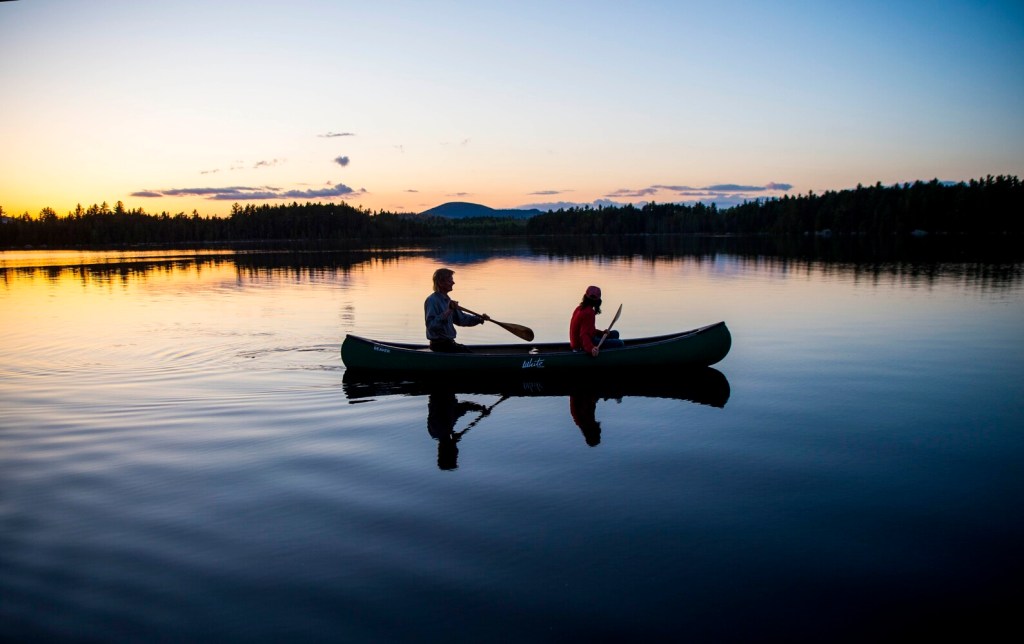




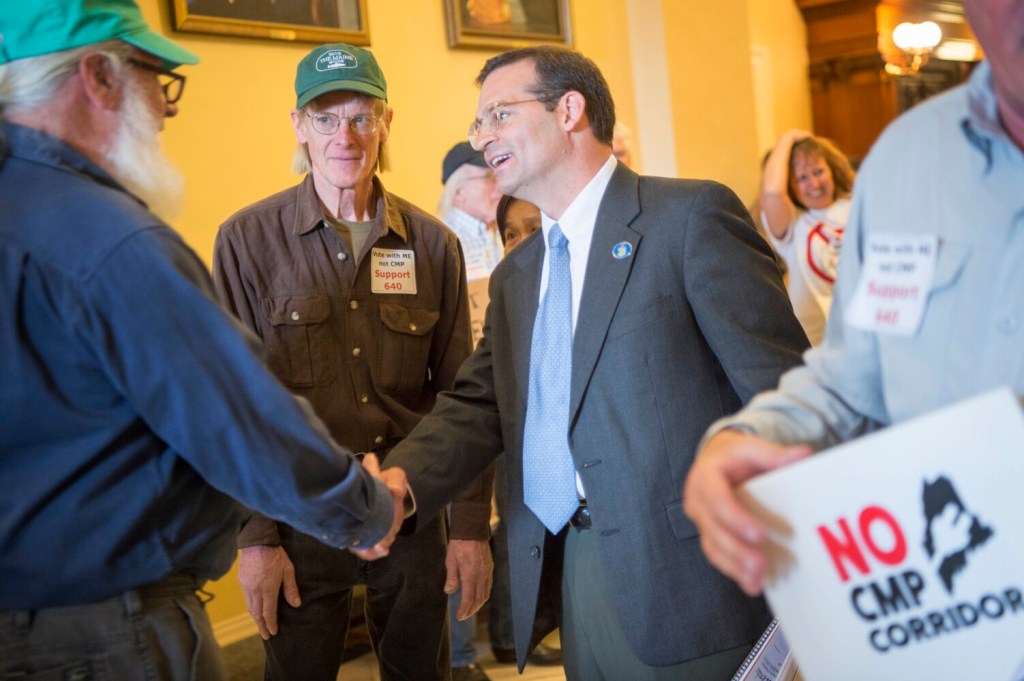

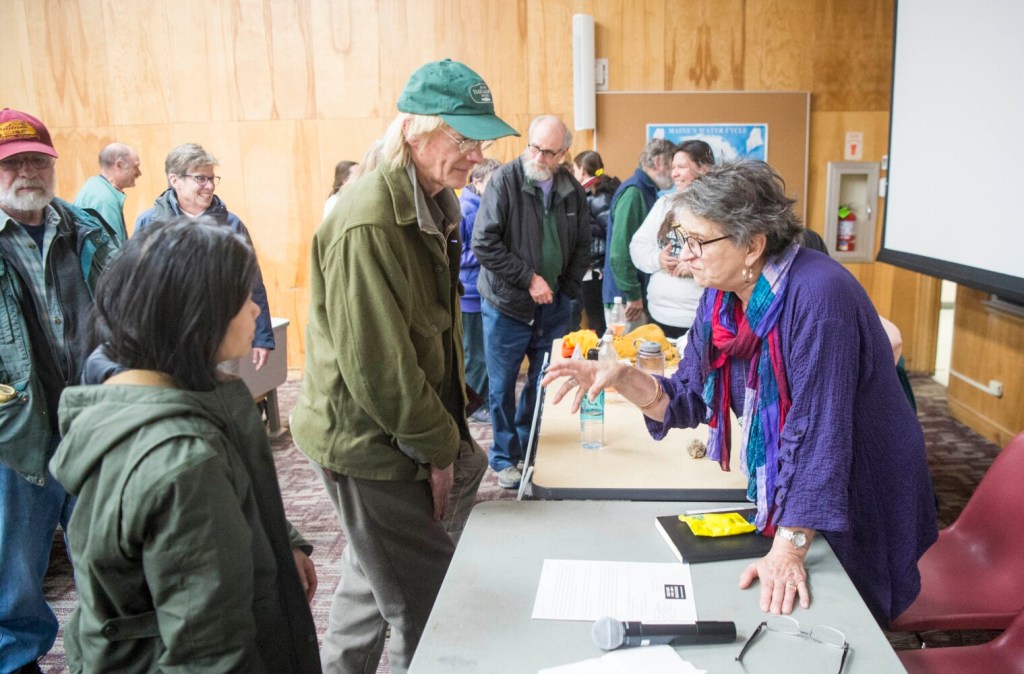
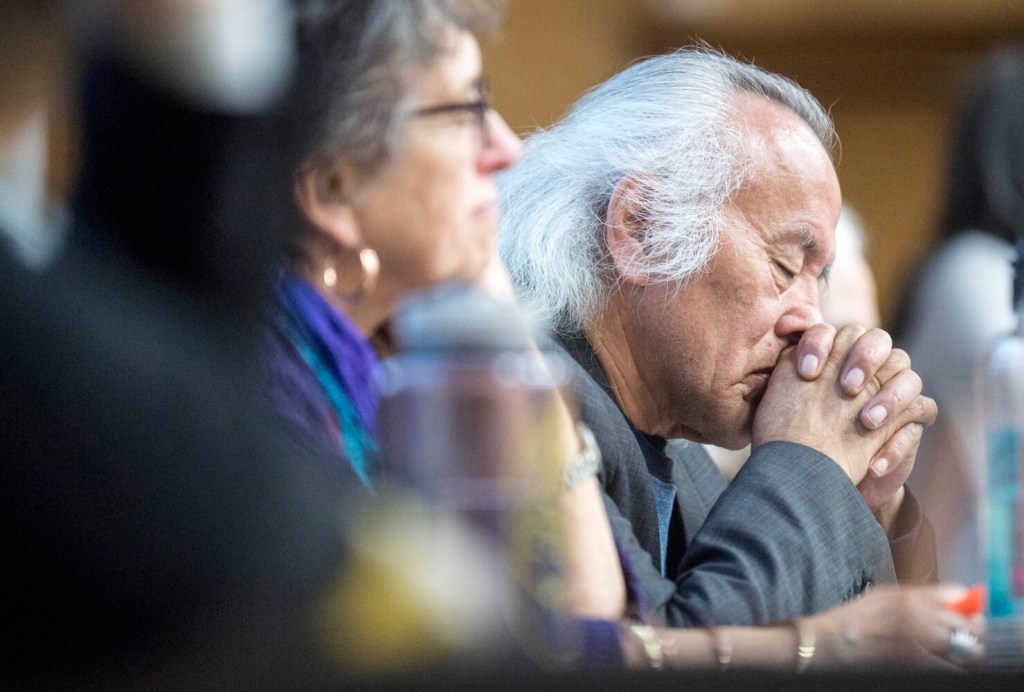









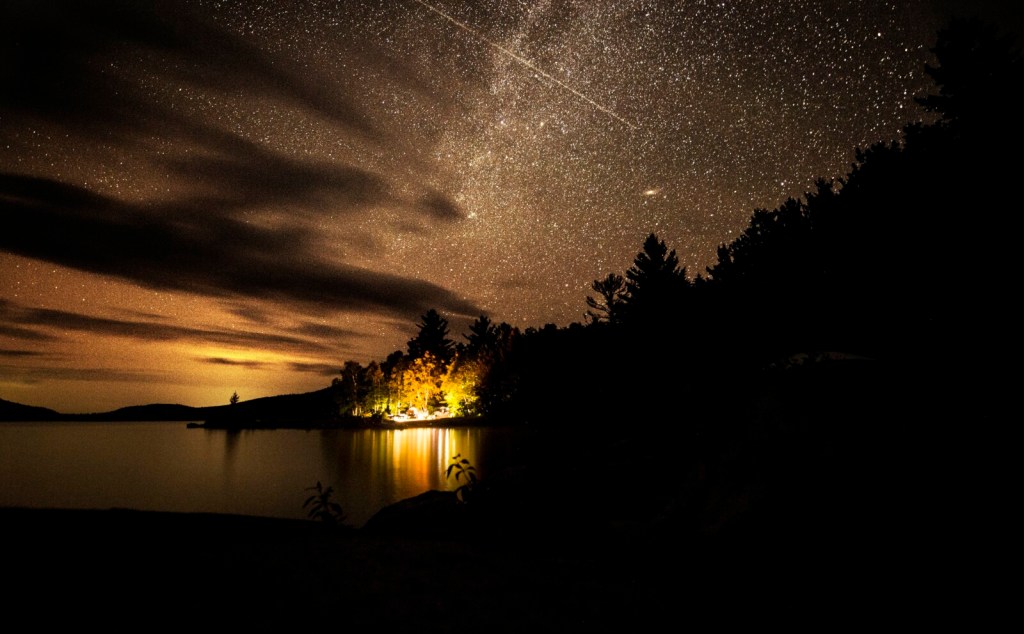
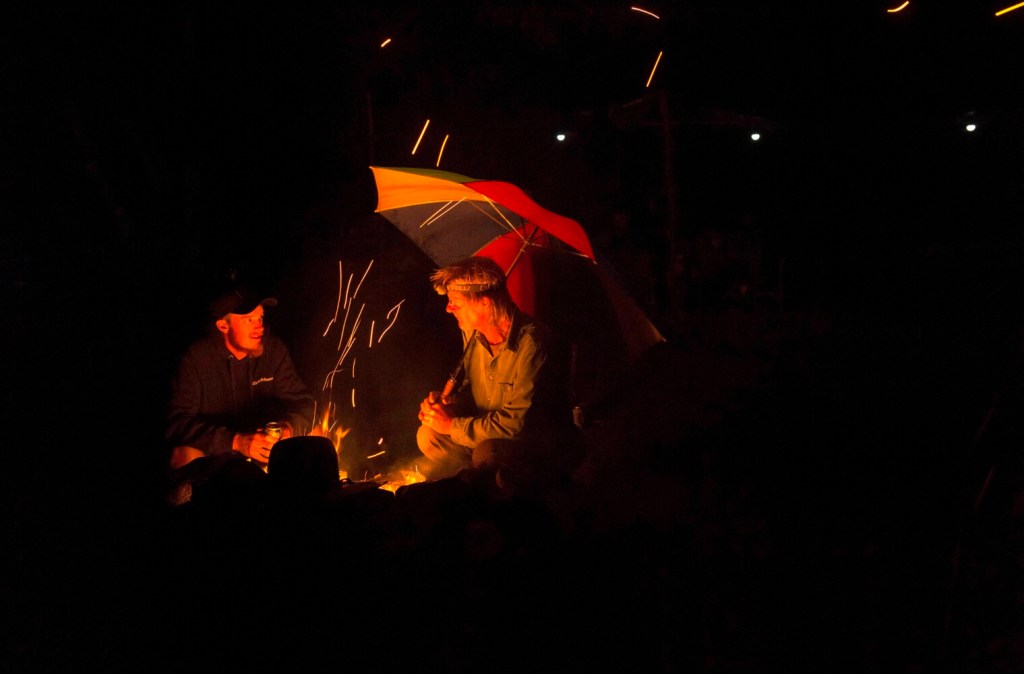
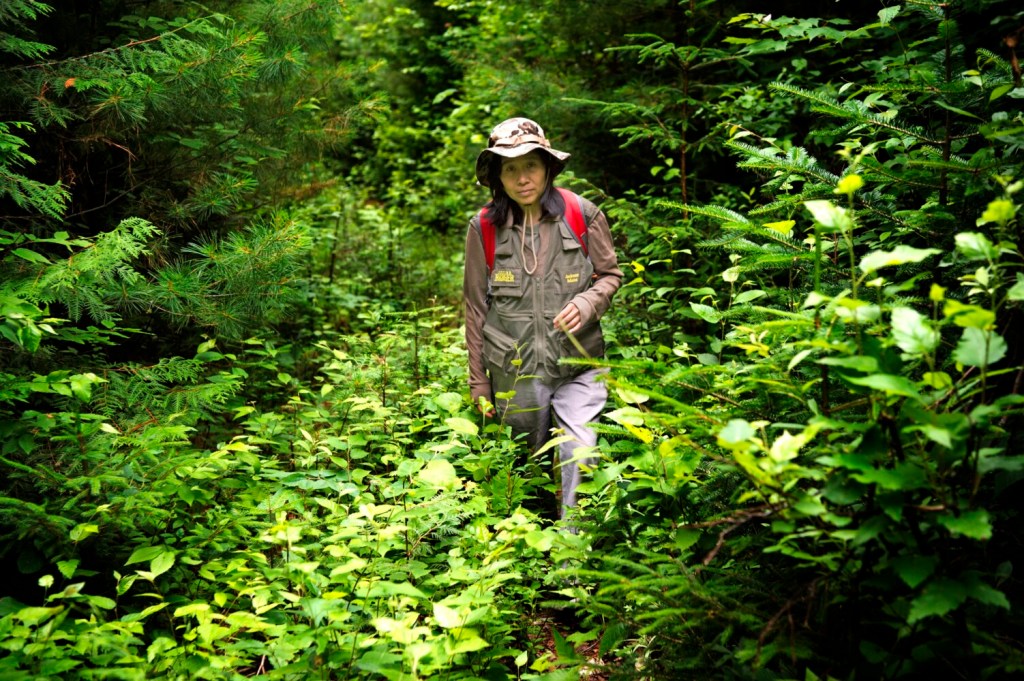
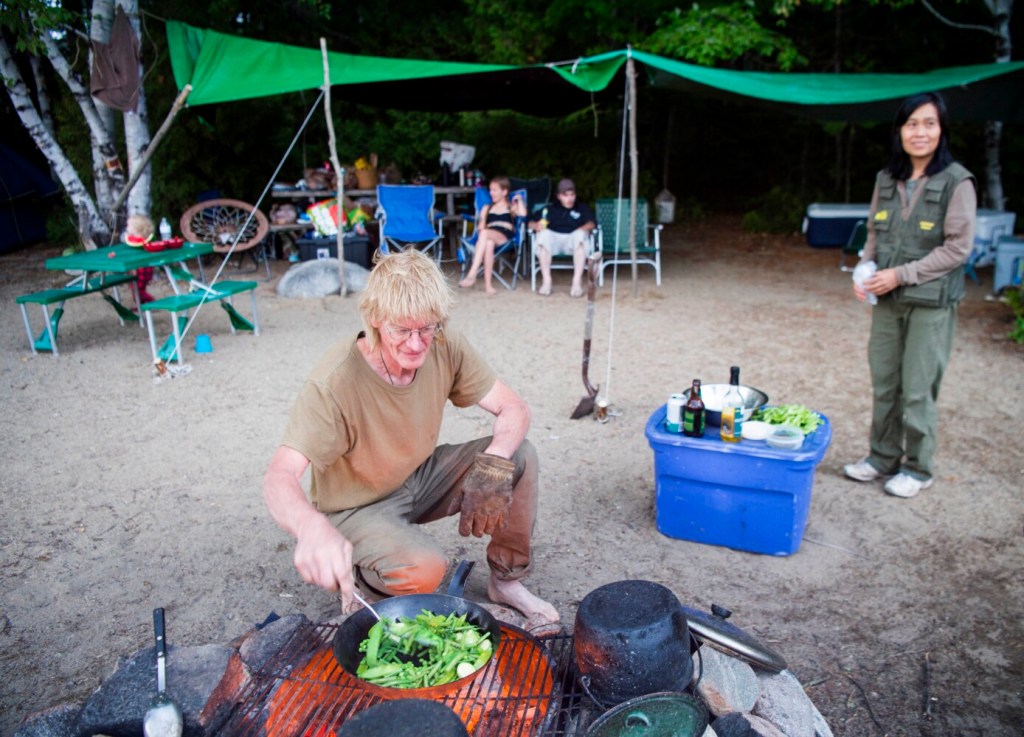

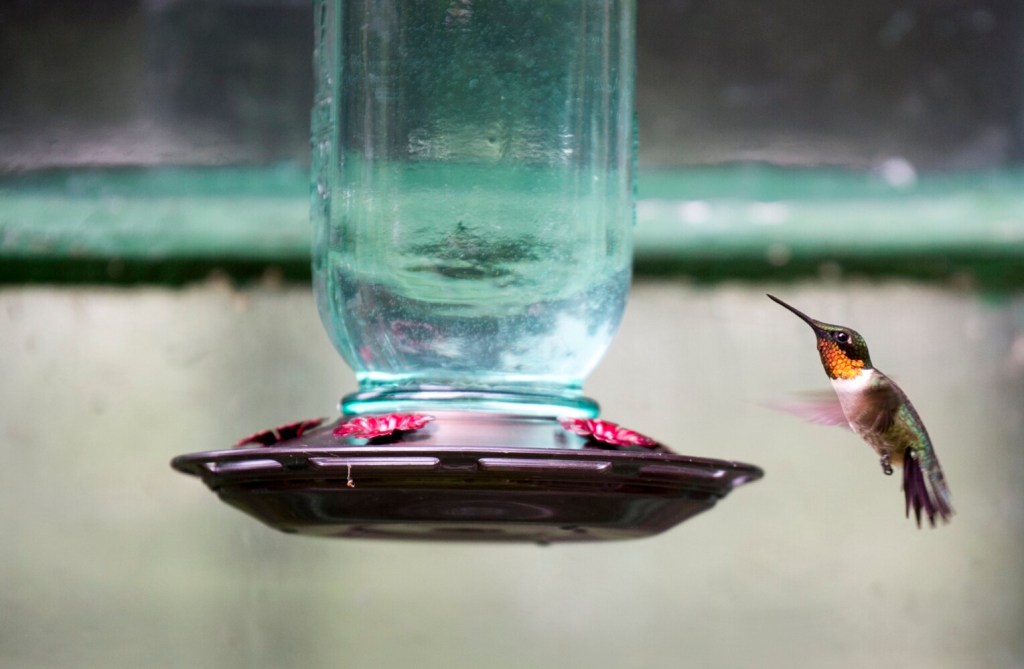
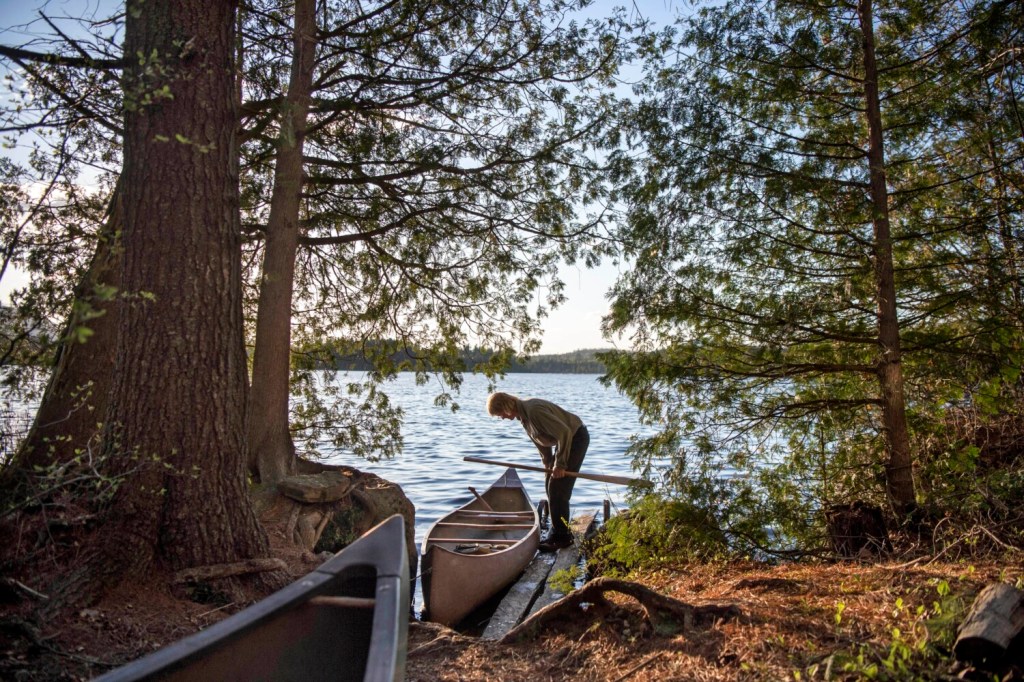
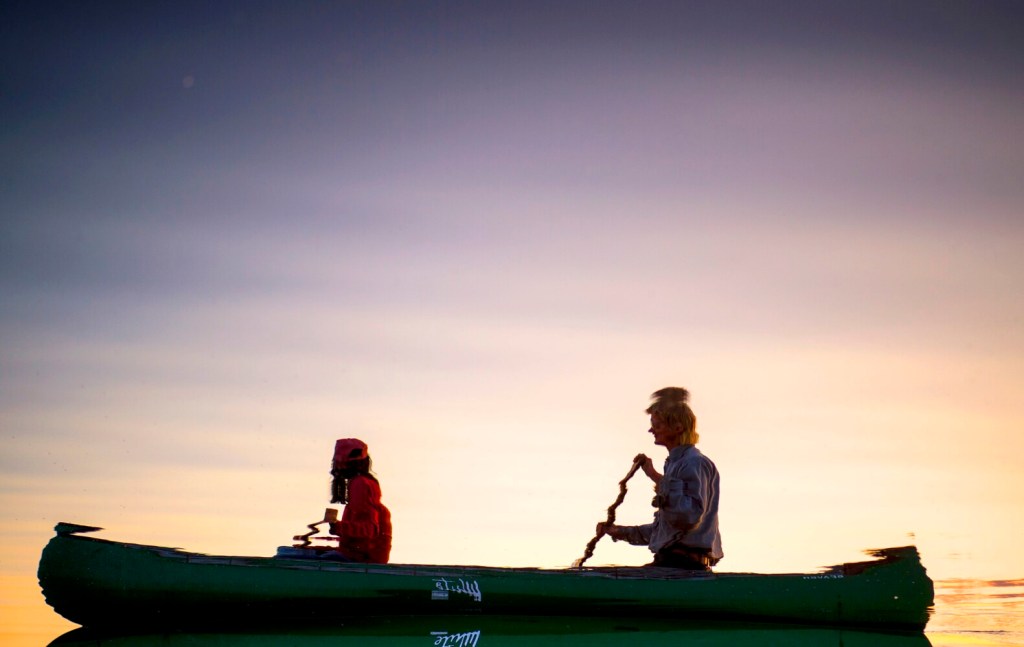

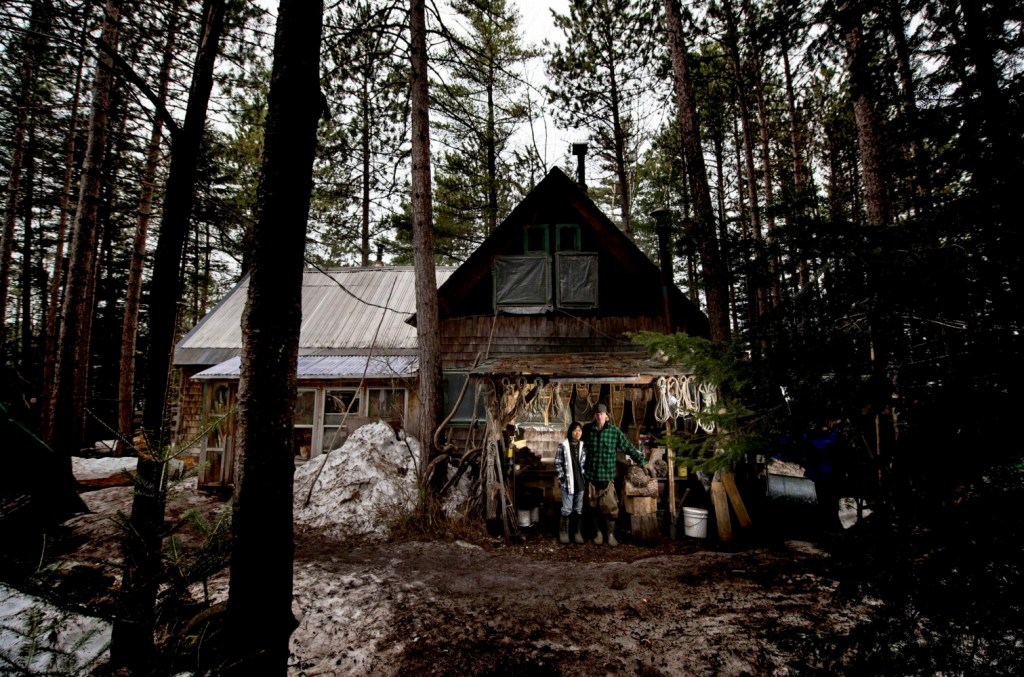
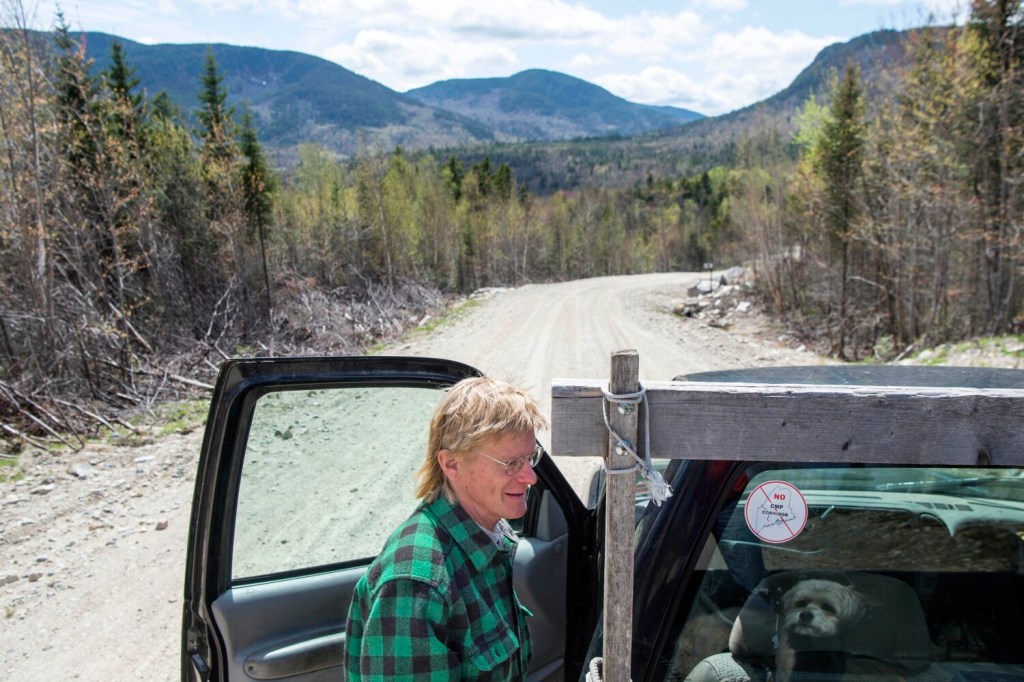
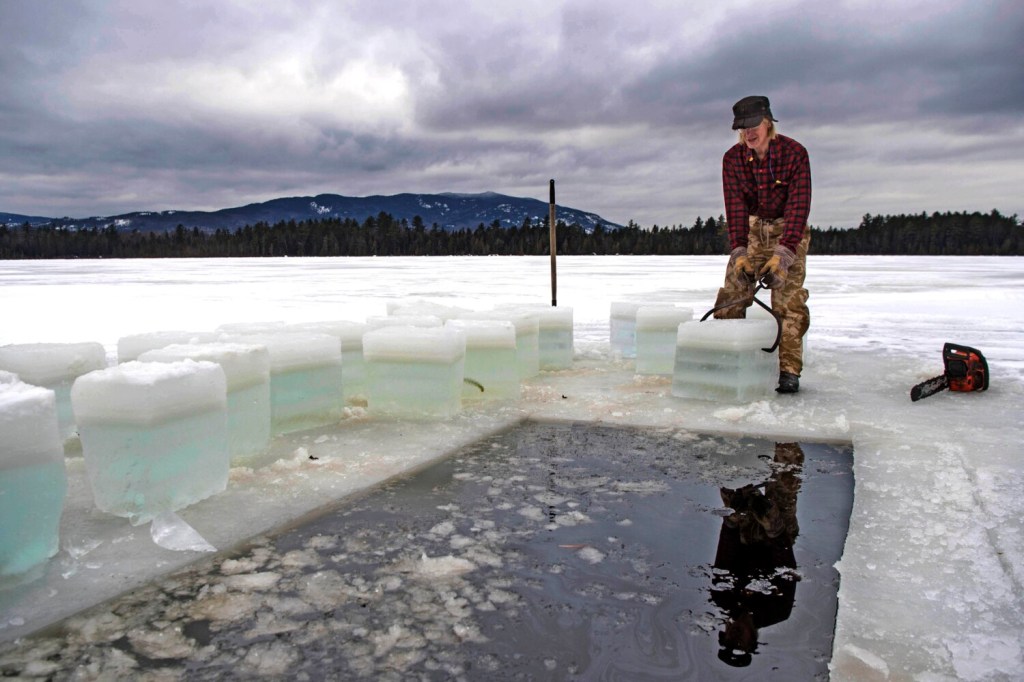

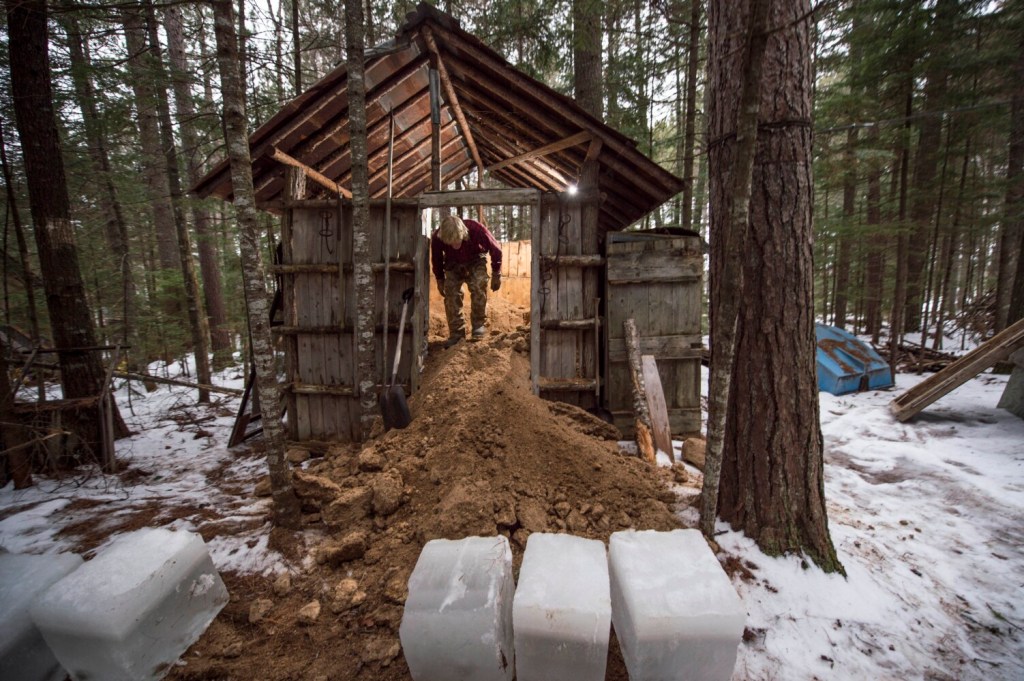
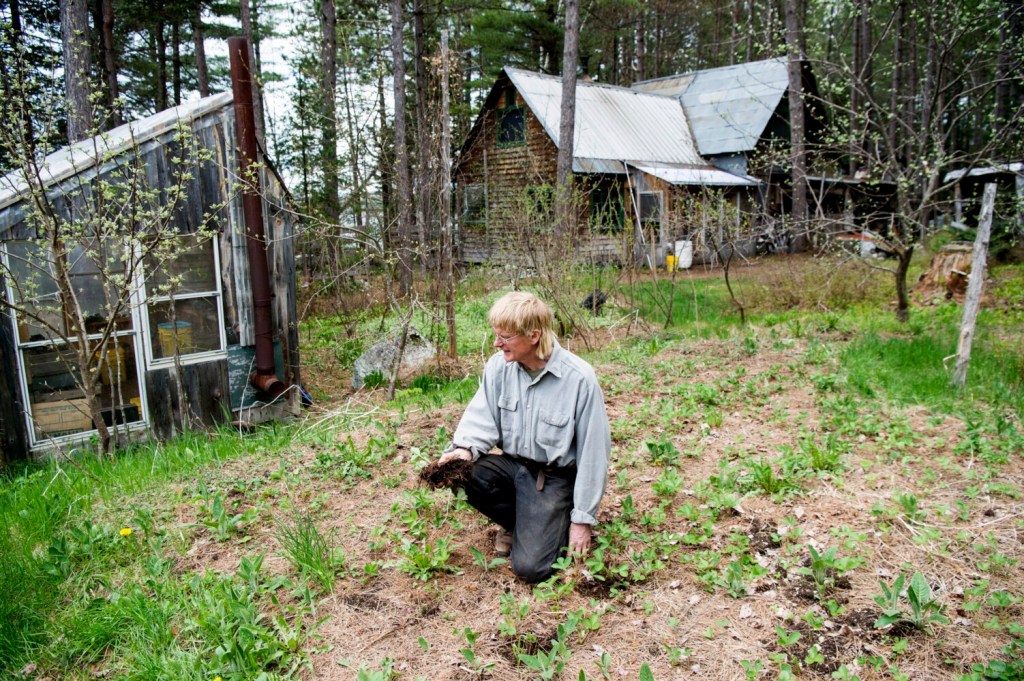

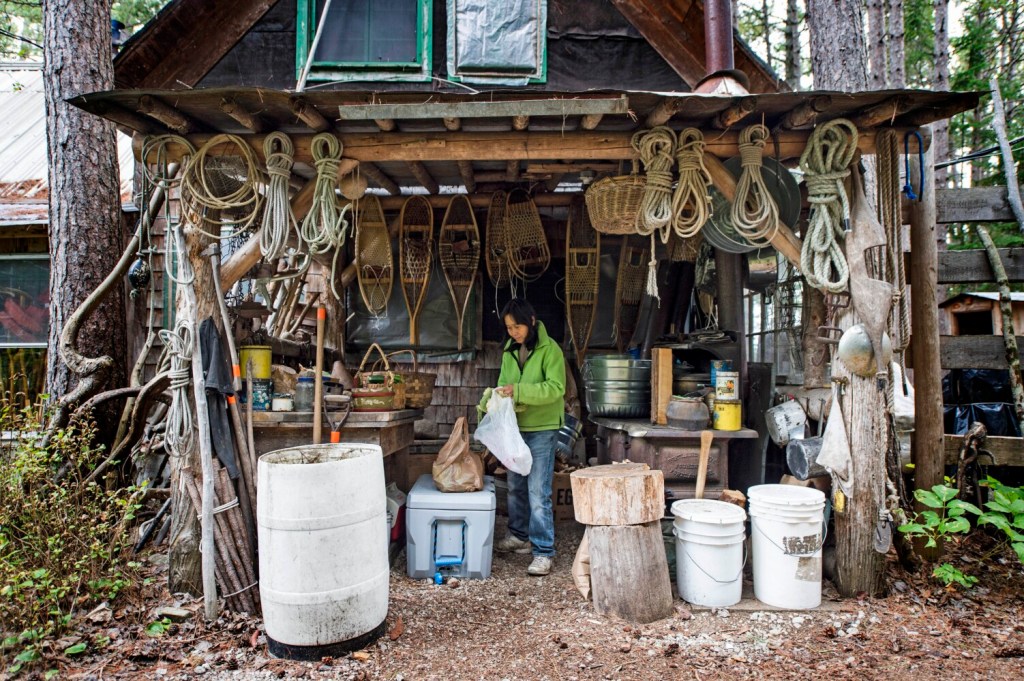
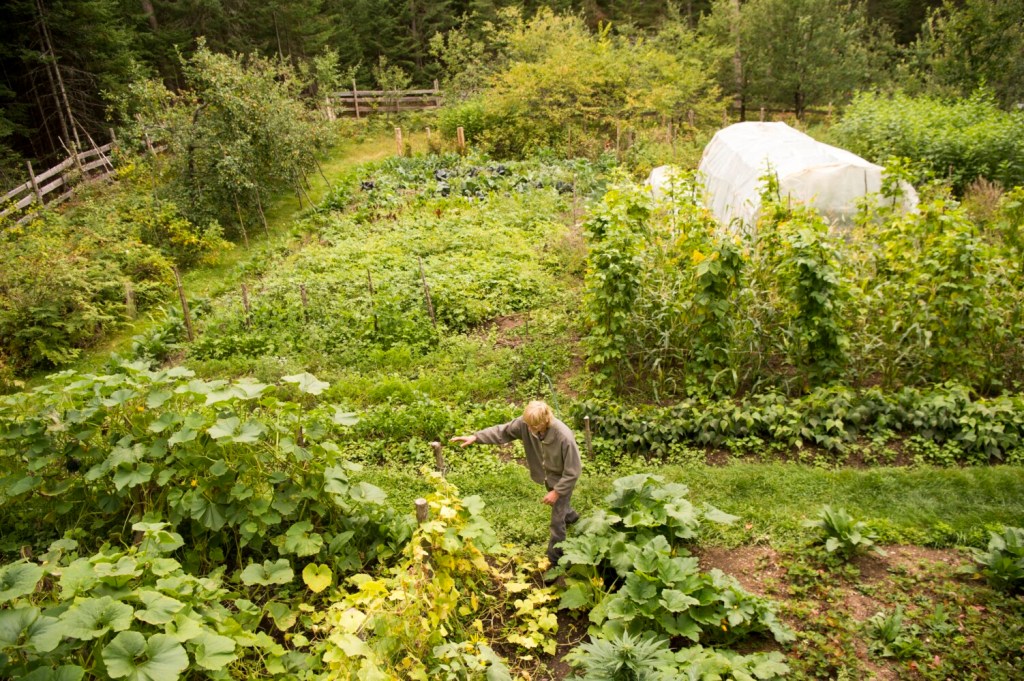
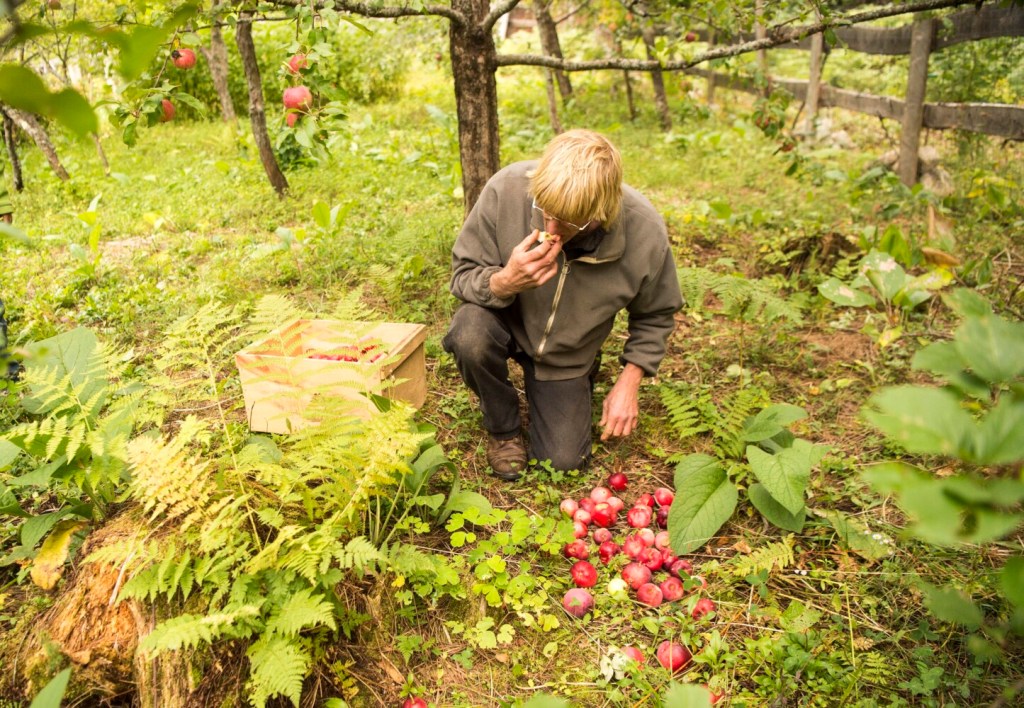



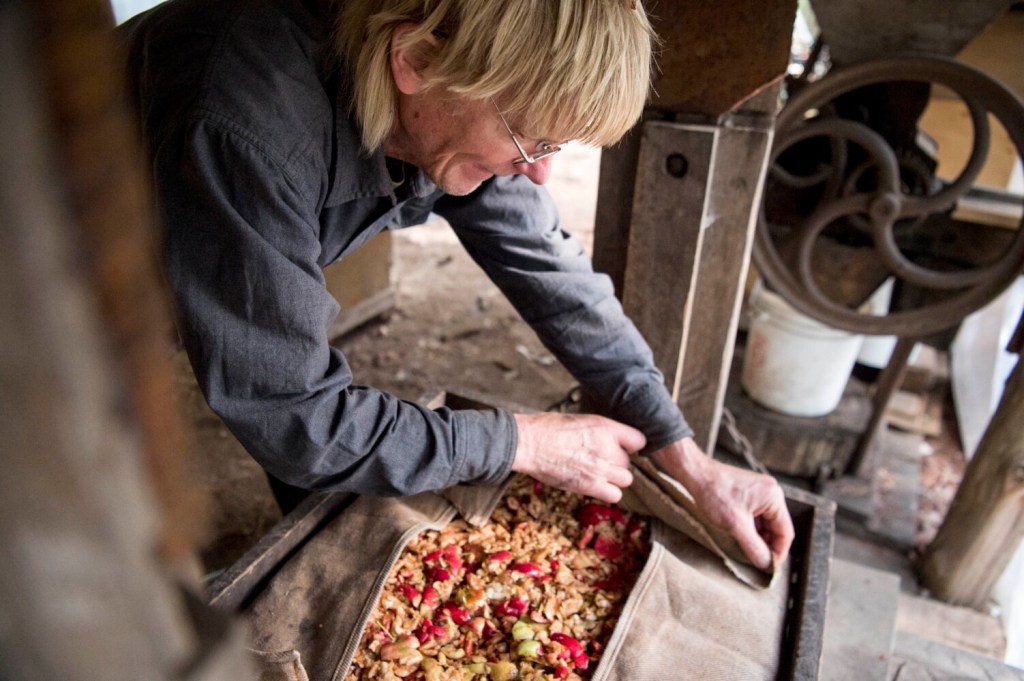
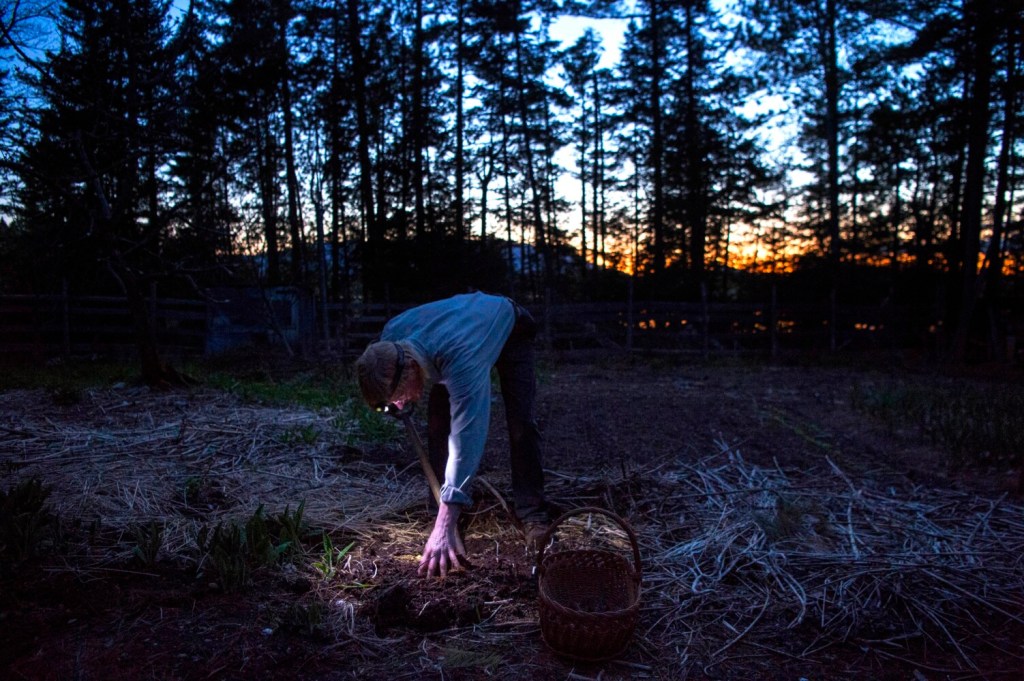
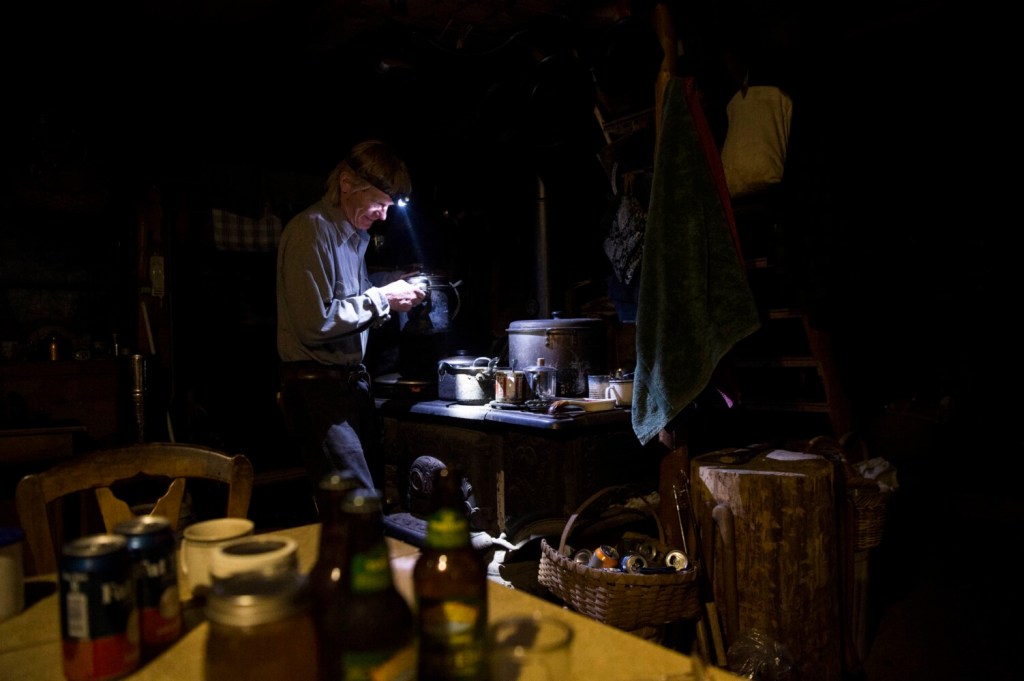
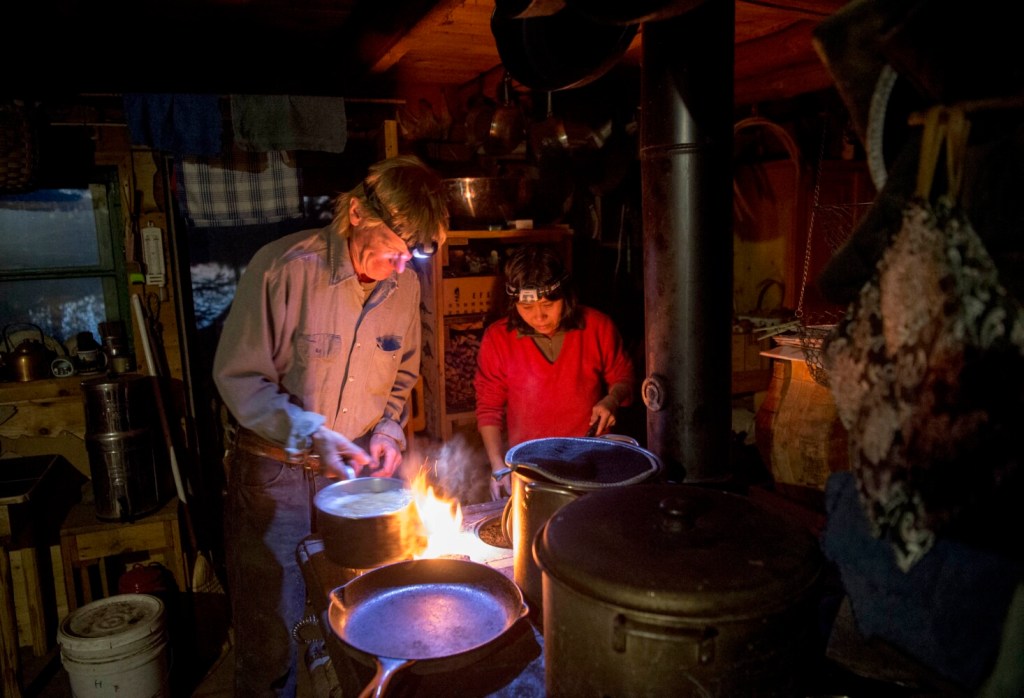
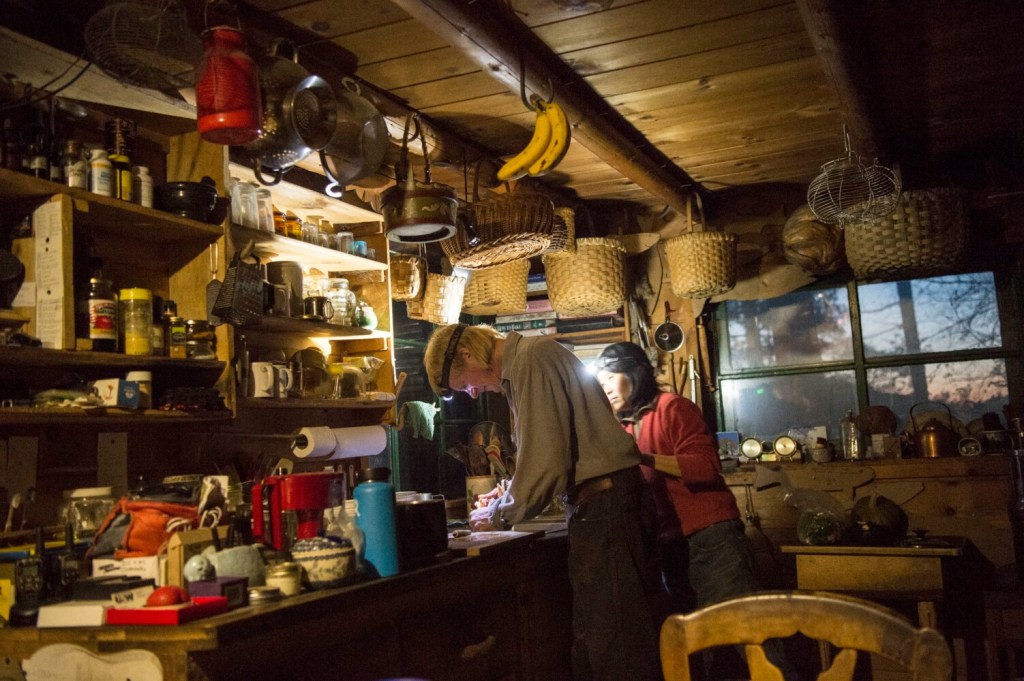


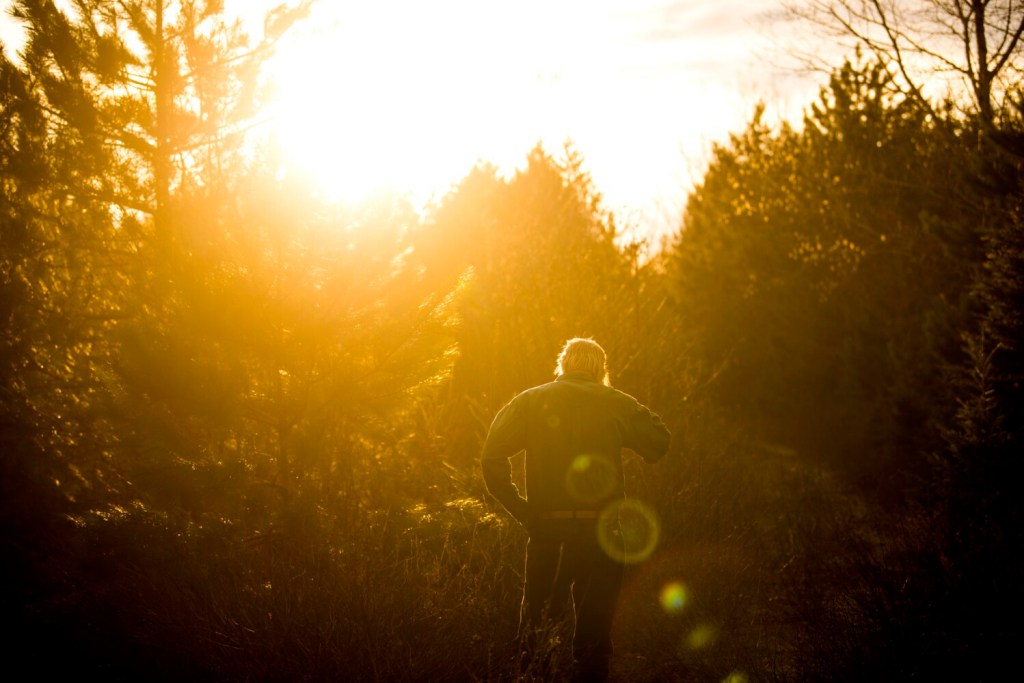


Success. Please wait for the page to reload. If the page does not reload within 5 seconds, please refresh the page.
Enter your email and password to access comments.
Hi, to comment on stories you must . This profile is in addition to your subscription and website login.
Already have a commenting profile? .
Invalid username/password.
Please check your email to confirm and complete your registration.
Only subscribers are eligible to post comments. Please subscribe or login first for digital access. Here’s why.
Use the form below to reset your password. When you've submitted your account email, we will send an email with a reset code.